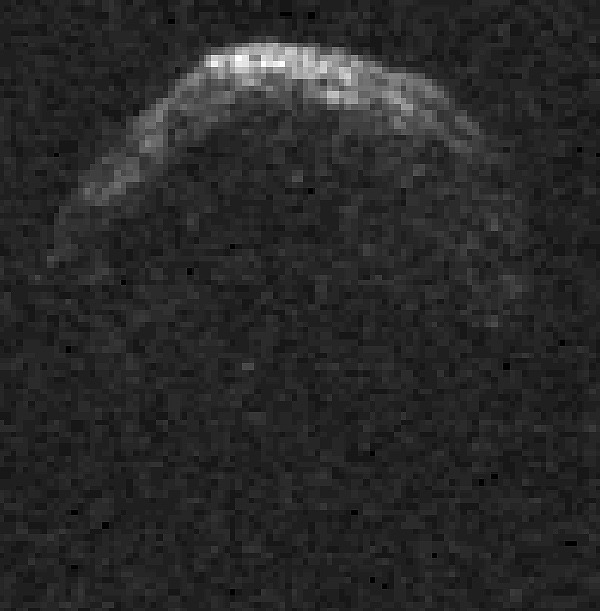This Asteroid May Hit Earth in the Year 2880
Oct 10, 2013 20:48
More than 10,000 near-Earth objects have been identified so far, in the form of asteroids and comets of varying sizes that approach the Earth's orbital distance to within about 28 million miles.
Out of the 10,000 discoveries, about 10% are larger than six-tenths of a mile in size - large enough to have global consequences if it impacts the Earth. And this is one of them.

It was first discovered in February 1950, and it's a 1.1-kilometer wide asteroid that was observed for 17 days and then disappeared from view. The 1950 DA was then spotted again on Dec. 31, 2000 — literally on the eve of the 21st century.
Radar observations made a few weeks later in March 2001 discovered that, along with a high rotation rate (2.1 hours), asteroid 1950 DA has a trajectory that will bring it very close to Earth on March 16, 2880. It'll be so close to earth (within a specific 20-minute window) that a collision cannot be entirely ruled out.
The image above was made from radar observations by the Arecibo Observatory in Puerto Rico in March 2001, when 1950 DA passed within 4.8 million miles of Earth.







































































